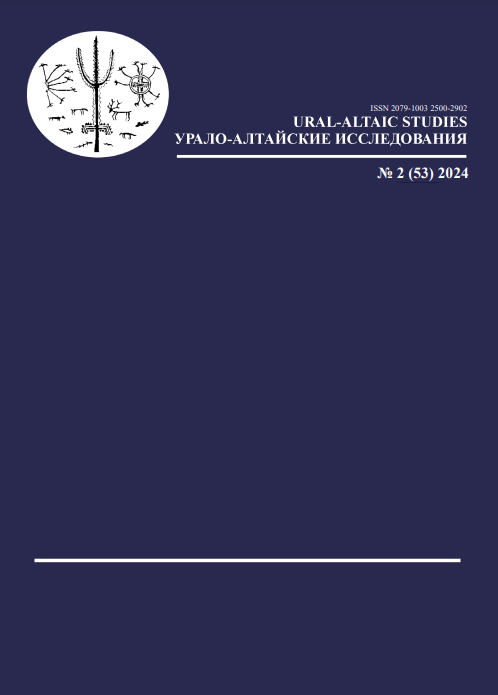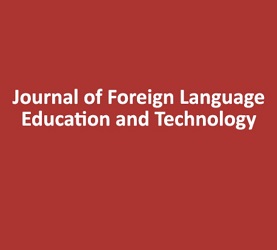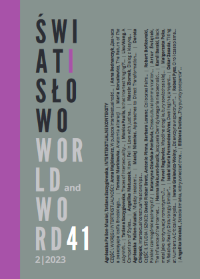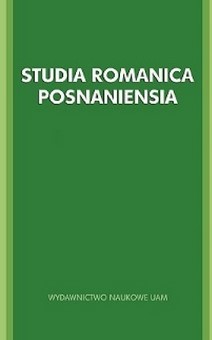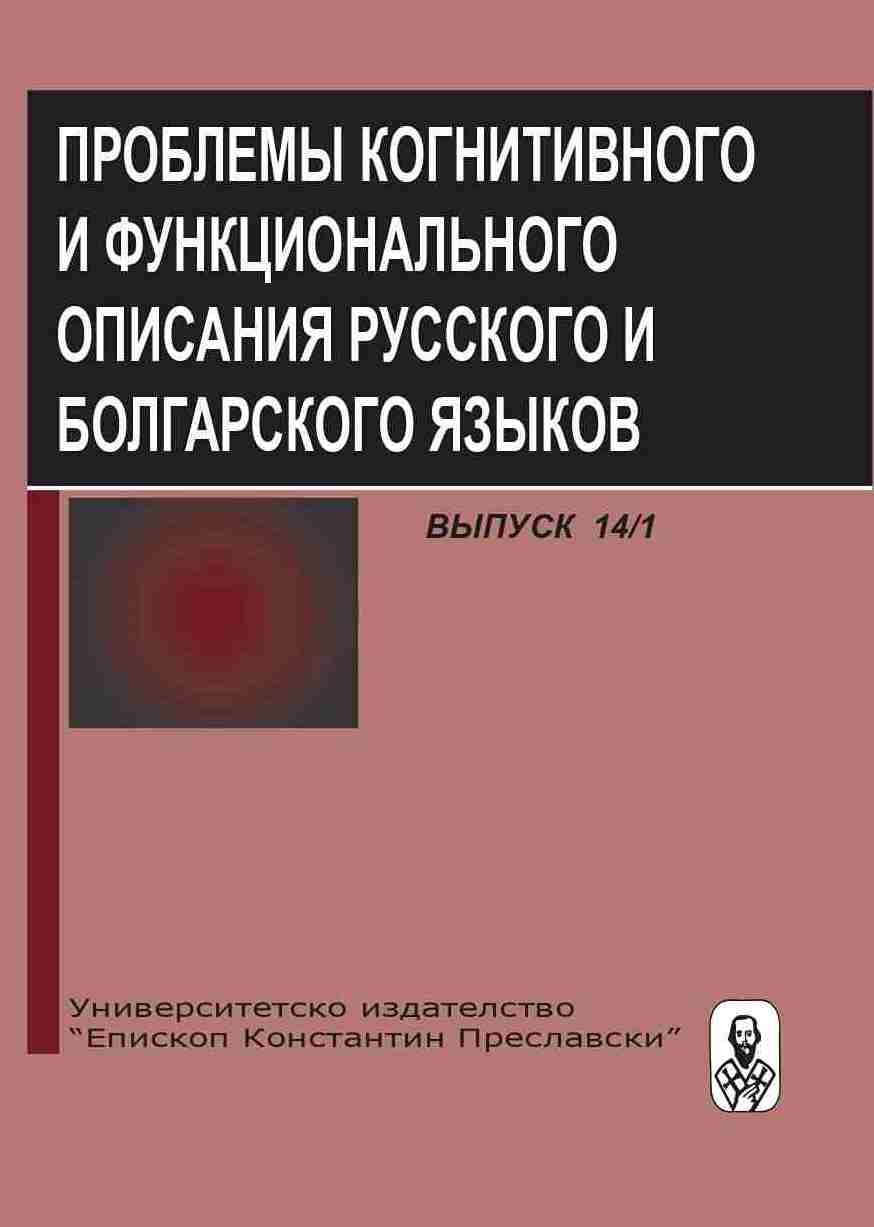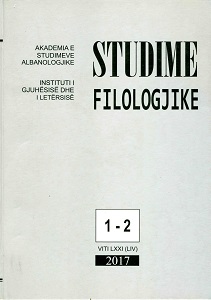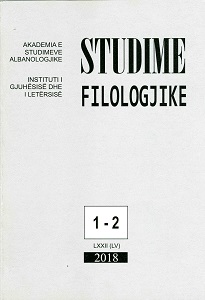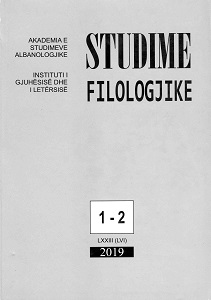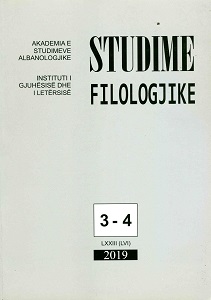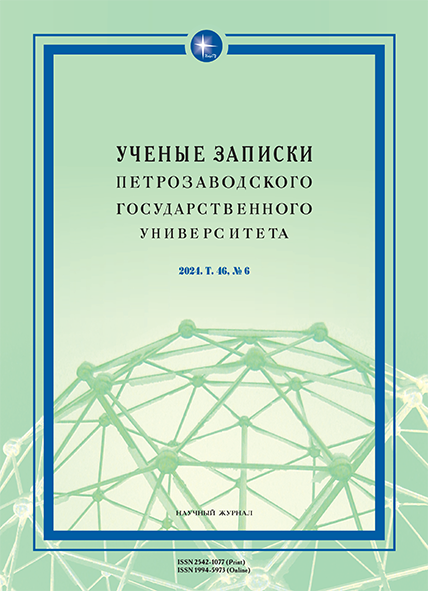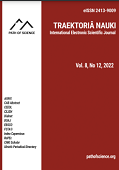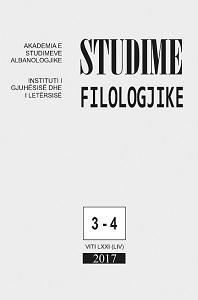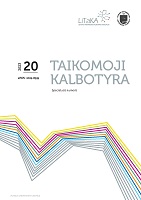
Teaching the Hungarian accusative case to native speakers of Swedish - problems and solutions
The accusative case has a widespread use in Hungarian, as it marks direct objects, and it is also used to form certain types of adverbials. In standard Swedish, nouns used as direct objects are never marked, and expressing the direct object function is linked to invariant structural positions in sentences, while traces of (formal and functional) accusative remain in active usage for personal pronouns only. Besides, the Hungarian accusative usually causes extra difficulties for Swedish native speakers because of the resemblance of the Hungarian accusative suffix (V)t and the Swedish suffixed definite article (e)t for neuter nouns in singular. The paper demonstrates different types of mistakes made by Swedish university students learning Hungarian, comparing their difficulties to those of other students having Danish, Norwegian, Icelandic or Finnish as mother-tongue. A similar issue concerning accusative in the South Saami language is presented as well. The paper also discusses how the Hungarian accusative can be effectively introduced to Swedish learners.
More...

